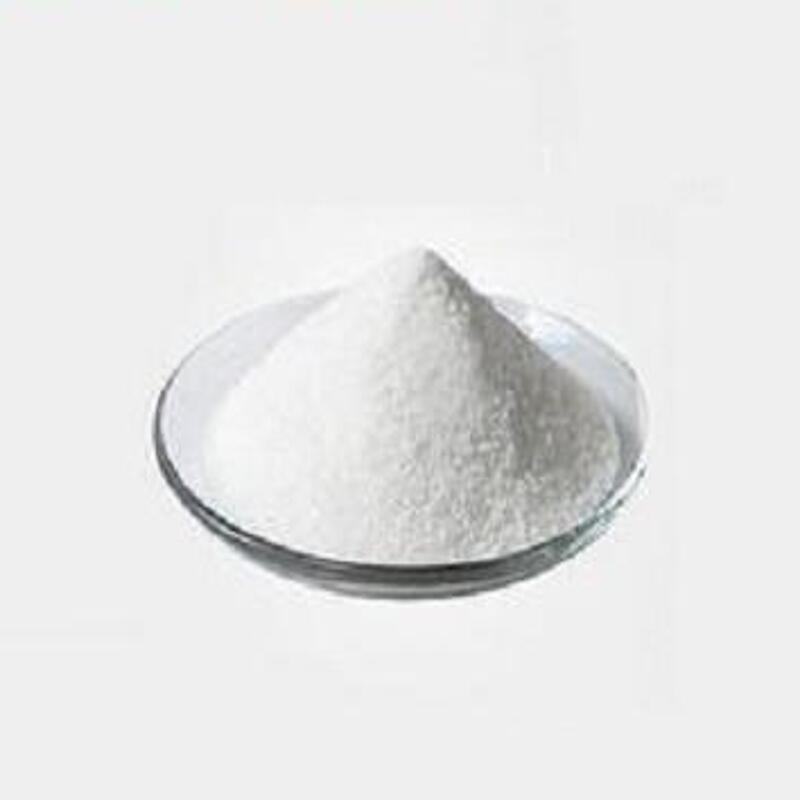-
Categories
-
Pharmaceutical Intermediates
-
Active Pharmaceutical Ingredients
-
Food Additives
- Industrial Coatings
- Agrochemicals
- Dyes and Pigments
- Surfactant
- Flavors and Fragrances
- Chemical Reagents
- Catalyst and Auxiliary
- Natural Products
- Inorganic Chemistry
-
Organic Chemistry
-
Biochemical Engineering
- Analytical Chemistry
-
Cosmetic Ingredient
- Water Treatment Chemical
-
Pharmaceutical Intermediates
Promotion
ECHEMI Mall
Wholesale
Weekly Price
Exhibition
News
-
Trade Service
Kojic acid dipalmitate is a popular skin-whitening and brightening agent that is widely used in various cosmetic products such as skin creams, serums, and gels.
This compound is synthesized through various chemical routes, and one of the most commonly used methods is the Indian Buffalo Rearing and Breeding Industry (IBRBI) process.
The Synthesis of Kojic Acid Dipalmitate:
The synthesis of kojic acid dipalmitate involves several steps, including the synthesis of kojic acid and its esterification with palmitic acid.
The process can be broken down into the following steps:
- Synthesis of Kojic Acid:
Kojic acid is synthesized from hemi-esterified tannic acid, which is derived from the hydrolisis of tannic acid.
The synthesis of kojic acid involves several steps, including its semisynthesis from hemi-esterified tannic acid and its complete esterification with methanol to form kojic acid methyl ester. - Esterification of Kojic Acid with Palmitic Acid:
The kojic acid methyl ester is then treated with palmitic acid in the presence of a catalyst such as sodium hydroxide to form kojic acid dipalmitate.
This esterification process involves the reaction of the methyl ester group of kojic acid with the carboxyl group of palmitic acid to form an ester bond.
The IBRBI process is widely used for the synthesis of kojic acid dipalmitate, as it is cost-effective and involves the use of readily available materials.
In this process, kojic acid is synthesized from tannic acid, which is derived from the leaves of the Acacia tree.
The synthesis of kojic acid involves several steps, including its semisynthesis from hemi-esterified tannic acid and its complete esterification with methanol to form kojic acid methyl ester.
The esterification of kojic acid methyl ester with palmitic acid is then carried out in the presence of a catalyst such as sodium hydroxide.
The resulting product is then purified and dried to remove any remaining impurities.
Advantages of the IBRBI Process:
The IBRBI process has several advantages, including:
- Cost-effective: The process involves the use of readily available materials, such as tannic acid and palmitic acid, which makes it cost-effective compared to other synthesis methods.
- High yield: The process has a high yield of kojic acid dipalmitate, which makes it economically viable for industrial scale production.
- Easy to operate: The process is easy to operate and does not require complex equipment or skills, making it suitable for small-scale production.
- Environmentally friendly: The process involves the use of natural materials, and the by-products can be easily disposed of without harming the environment.
Conclusion:
Kojic acid dipalmitate is a popular skin-whitening and brightening agent that is widely used in various cosmetic products.
The synthesis of kojic acid dipalmitate involves several steps, including the synthesis of kojic acid and its esterification with palmitic acid.
The IBRBI process is widely used for the synthesis of kojic acid dipalmitate, as it is cost-effective, has a high yield, and is easy to operate.
The synthesis of kojic acid dipalmitate has a significant impact on the chemical industry, as it is used in a wide range of cosmetic products, and its demand is increasing globally.







